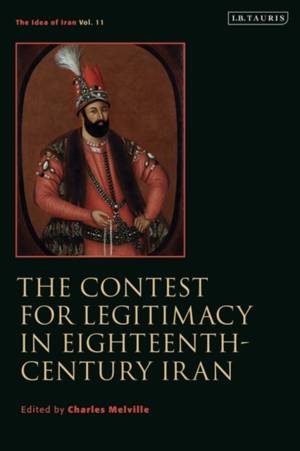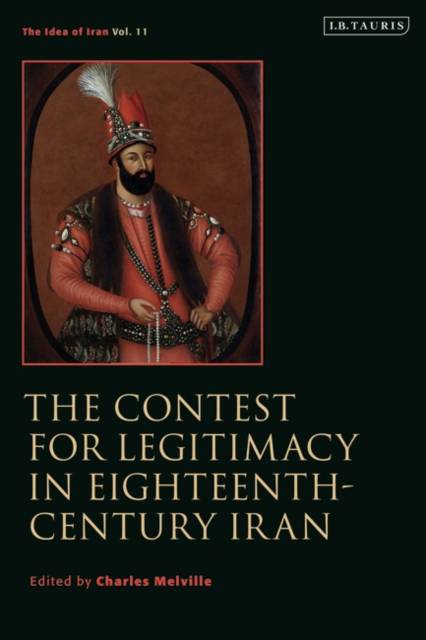
- Afhalen na 1 uur in een winkel met voorraad
- Gratis thuislevering in België vanaf € 30
- Ruim aanbod met 7 miljoen producten
- Afhalen na 1 uur in een winkel met voorraad
- Gratis thuislevering in België vanaf € 30
- Ruim aanbod met 7 miljoen producten
Zoeken
The Contest for Rule in Eighteenth-Century Iran
Idea of Iran Vol. 11
€ 60,95
+ 121 punten
Omschrijving
This volume explores the troubled eighteenth century in Iran, between the collapse of the Safavids and the establishment of the new Qajar dynasty in the early decades of the nineteenth century. Despite the striking military successes of Nader Shah, to defeat the Afghan invaders, drive back the Ottomans in the west, and launch campaigns into India and Central Asia, Iran steadily lost territory in the Caucasus and the east, where Persian arms failed to recover lands lost to the Afghans and the Ozbeks. The chapters of this book cover the continuity and change over this transitional period from a range of perspectives including political history, historiography, art and material culture. They illuminate the changes in Iran's internal conditions, including the legitimising legacy of the Safavid period in court chronicles, the rise of Nader Shah and his influence on the idea of Iran, as well as the art of successive dynasties competing for power and prestige. The volume also addresses Iran's changed international situation by examining relations with Russia, Britain and India, the result of which would contribute to its re-emergence with a curtailed presence in the new world order of European dominance.
Specificaties
Betrokkenen
- Uitgeverij:
Inhoud
- Aantal bladzijden:
- 256
- Taal:
- Engels
- Reeks:
Eigenschappen
- Productcode (EAN):
- 9780755645961
- Verschijningsdatum:
- 11/08/2022
- Uitvoering:
- Paperback
- Formaat:
- Trade paperback (VS)
- Afmetingen:
- 156 mm x 234 mm
- Gewicht:
- 371 g

Alleen bij Standaard Boekhandel
+ 121 punten op je klantenkaart van Standaard Boekhandel
Beoordelingen
We publiceren alleen reviews die voldoen aan de voorwaarden voor reviews. Bekijk onze voorwaarden voor reviews.










